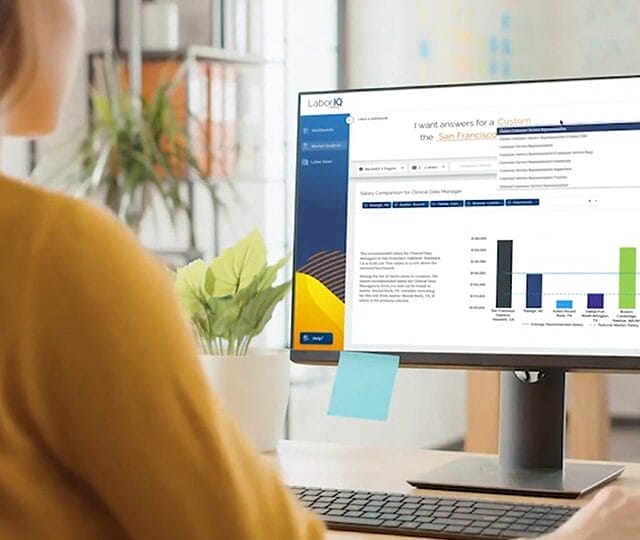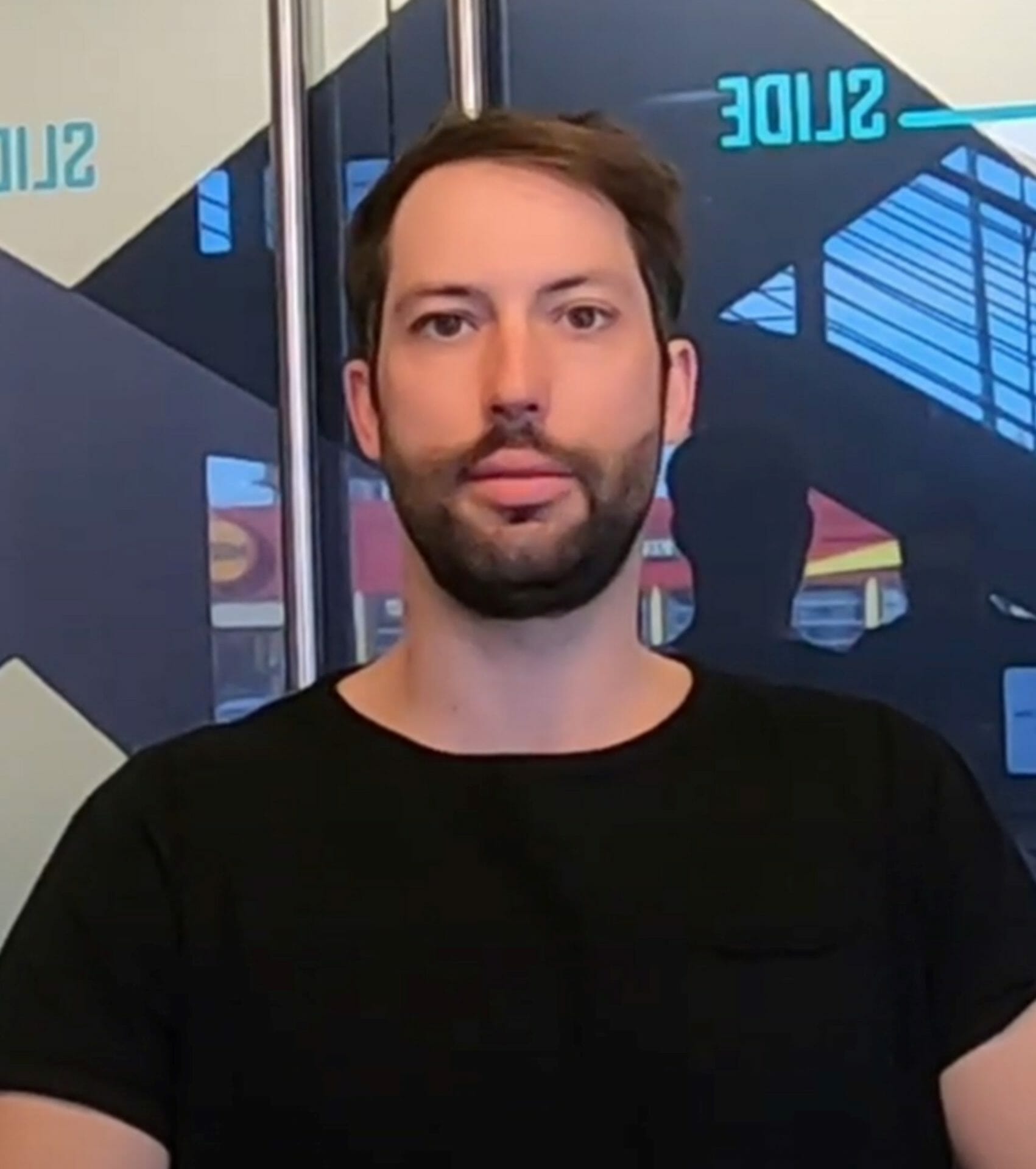In serverless API creation, we have to create the lambda functions. In this blog, we will cover the process of a typical AWS Lambda workflow using AWS Toolkit for Eclipse. We will see how to create, upload, and invoke AWS lambda functions in java.
Prerequisites
To integrate the AWS toolkit, you need to have an AWS account. If you have already then you are good to go but if not then you can sign up here.
Also, you have to install the AWS Toolkit for Eclipse, and that you understand the basic concepts and features of Lambda. If you want to learn more at the Lambda home page and in the AWS Lambda Developer Guide.
Let’s see the following points one by one,
Before You Go All In, Check Out Our Video On Going Serverless With AWS
To create a lambda project, first, we need to implement code as a method in a handler class. The AWS Toolkit for Eclipse provides a new project wizard to help you create a new handler class. The Lambda project is a Maven project that uses a POM.xml file to manage package dependencies. You can use the Maven command-line tool for building, testing, and deploying your application. For more information about Maven, see the Maven project documentation.
To create an AWS lambda project go through the following steps,
The Package Name field is the package namespace for the AWS Lambda handler class. The default value of this field is generated automatically when we change Group ID and Artifact ID. The generated value for the package name is a concatenation of the Group ID and Artifact ID, which is as per Maven project conventions.
Next, we will implement the lambda function in our created DemoLambda java project.
Implement the Handler Method
Now we will add our code to the LambdaFunctionHandler lambda created while creating the project. To open this method Go to the Project Explorer in the eclipse then open LambdaFunctionHandler.java in the DemoLambda project. This lambada have the following code,
package com.amazonaws.lambda.demo; import com.amazonaws.services.lambda.runtime.Context; import com.amazonaws.services.lambda.runtime.RequestHandler; public class LambdaFunctionHandler implements RequestHandler<Object, String> { @Override public String handleRequest(Object input, Context context) { context.getLogger().log("Input: " + input); // TODO: implement your handler return "Hello from Lambda!"; } }
Here we are considering a simple example for demo. So now we will add code which returns String Hello with input passed to the request. These changes are added in the handleRequest method. So the updated code is as follows,
package com.amazonaws.lambda.demo; import com.amazonaws.services.lambda.runtime.Context; import com.amazonaws.services.lambda.runtime.RequestHandler; public class LambdaFunctionHandler implements RequestHandler<Object, String> { @Override public String handleRequest(Object input, Context context) { context.getLogger().log("Input: " + input); String output = "Hello, " + input + "!"; return output; } }
To access your lambda function, we need to create an IAM role that gives access to our AWS resources. There are two ways to create the role one is through the AWS Management console or the second is by using the AWS Toolkit for Eclipse. Here we will see how to create an IAM role using the console. And in the next section Upload the code, We will see using AWS ToolKit for Eclipse.
To create an IAM role follow the following steps,
For Attach permissions policy, choose AWSLambdaBasicExecutionRole. This allows Lambda to write to your CloudWatch Logs resources. Then choose Next: Tags. And go the Next:Review.

Discover how our innovative solution evolved salary projection by optimizing resource utilization and improving scalability. A simple UI enhancement to create a cost-effective and efficient solution improved the salary processing workflows and delivered a higher user experience. Explore the details of the whole process we leverage and how automation plays a key role in fulfilling the client’s needs.
Once Lambda is created we need an Amazon S3 bucket to store your Java project when you upload it. We can use the already existing bucket which is in the same region in which we are running our lambda code. But best practice is to create a new one specifically for Lambda.
There are two ways to create the Amazon S3 bucket, one is through the AWS Management Console or the second is by using the AWS Toolkit for Eclipse. Here we will see how to create an Amazon S3 bucket using a console. And in the next section Upload the code, We will see using AWS ToolKit for Eclipse.
To create an Amazon S3 bucket follow the following steps,
Once you have created your S3 bucket and IAM role. You can use this for all your lambda functions while uploading it to the console.
To upload the lambda function please follow the following steps,
If the upload succeeds, you will see the Lambda function name that you chose appear next to your Java handler class in the Project Explorer view.
Once you upload a lambda function, you are ready to invoke the lambda function in eclipse.
To invoke lambda follow the below steps,
By following the above steps you are able to create, upload, and invoke the lambda function in Eclipse using AWS Toolkit.

We worked with Mindbowser on a design sprint, and their team did an awesome job. They really helped us shape the look and feel of our web app and gave us a clean, thoughtful design that our build team could...


The team at Mindbowser was highly professional, patient, and collaborative throughout our engagement. They struck the right balance between offering guidance and taking direction, which made the development process smooth. Although our project wasn’t related to healthcare, we clearly benefited...

Founder, Texas Ranch Security

Mindbowser played a crucial role in helping us bring everything together into a unified, cohesive product. Their commitment to industry-standard coding practices made an enormous difference, allowing developers to seamlessly transition in and out of the project without any confusion....

CEO, MarketsAI

I'm thrilled to be partnering with Mindbowser on our journey with TravelRite. The collaboration has been exceptional, and I’m truly grateful for the dedication and expertise the team has brought to the development process. Their commitment to our mission is...

Founder & CEO, TravelRite

The Mindbowser team's professionalism consistently impressed me. Their commitment to quality shone through in every aspect of the project. They truly went the extra mile, ensuring they understood our needs perfectly and were always willing to invest the time to...

CTO, New Day Therapeutics

I collaborated with Mindbowser for several years on a complex SaaS platform project. They took over a partially completed project and successfully transformed it into a fully functional and robust platform. Throughout the entire process, the quality of their work...

President, E.B. Carlson

Mindbowser and team are professional, talented and very responsive. They got us through a challenging situation with our IOT product successfully. They will be our go to dev team going forward.

Founder, Cascada

Amazing team to work with. Very responsive and very skilled in both front and backend engineering. Looking forward to our next project together.

Co-Founder, Emerge

The team is great to work with. Very professional, on task, and efficient.

Founder, PeriopMD

I can not express enough how pleased we are with the whole team. From the first call and meeting, they took our vision and ran with it. Communication was easy and everyone was flexible to our schedule. I’m excited to...

Founder, Seeke

We had very close go live timeline and Mindbowser team got us live a month before.

CEO, BuyNow WorldWide

If you want a team of great developers, I recommend them for the next project.

Founder, Teach Reach

Mindbowser built both iOS and Android apps for Mindworks, that have stood the test of time. 5 years later they still function quite beautifully. Their team always met their objectives and I'm very happy with the end result. Thank you!

Founder, Mindworks

Mindbowser has delivered a much better quality product than our previous tech vendors. Our product is stable and passed Well Architected Framework Review from AWS.

CEO, PurpleAnt

I am happy to share that we got USD 10k in cloud credits courtesy of our friends at Mindbowser. Thank you Pravin and Ayush, this means a lot to us.

CTO, Shortlist

Mindbowser is one of the reasons that our app is successful. These guys have been a great team.

Founder & CEO, MangoMirror

Kudos for all your hard work and diligence on the Telehealth platform project. You made it possible.

CEO, ThriveHealth

Mindbowser helped us build an awesome iOS app to bring balance to people’s lives.

CEO, SMILINGMIND

They were a very responsive team! Extremely easy to communicate and work with!

Founder & CEO, TotTech

We’ve had very little-to-no hiccups at all—it’s been a really pleasurable experience.

Co-Founder, TEAM8s

Mindbowser was very helpful with explaining the development process and started quickly on the project.

Executive Director of Product Development, Innovation Lab

The greatest benefit we got from Mindbowser is the expertise. Their team has developed apps in all different industries with all types of social proofs.

Co-Founder, Vesica

Mindbowser is professional, efficient and thorough.

Consultant, XPRIZE

Very committed, they create beautiful apps and are very benevolent. They have brilliant Ideas.

Founder, S.T.A.R.S of Wellness

Mindbowser was great; they listened to us a lot and helped us hone in on the actual idea of the app. They had put together fantastic wireframes for us.

Co-Founder, Flat Earth

Ayush was responsive and paired me with the best team member possible, to complete my complex vision and project. Could not be happier.

Founder, Child Life On Call

The team from Mindbowser stayed on task, asked the right questions, and completed the required tasks in a timely fashion! Strong work team!

CEO, SDOH2Health LLC

Mindbowser was easy to work with and hit the ground running, immediately feeling like part of our team.

CEO, Stealth Startup

Mindbowser was an excellent partner in developing my fitness app. They were patient, attentive, & understood my business needs. The end product exceeded my expectations. Thrilled to share it globally.

Owner, Phalanx

Mindbowser's expertise in tech, process & mobile development made them our choice for our app. The team was dedicated to the process & delivered high-quality features on time. They also gave valuable industry advice. Highly recommend them for app development...

Co-Founder, Fox&Fork
